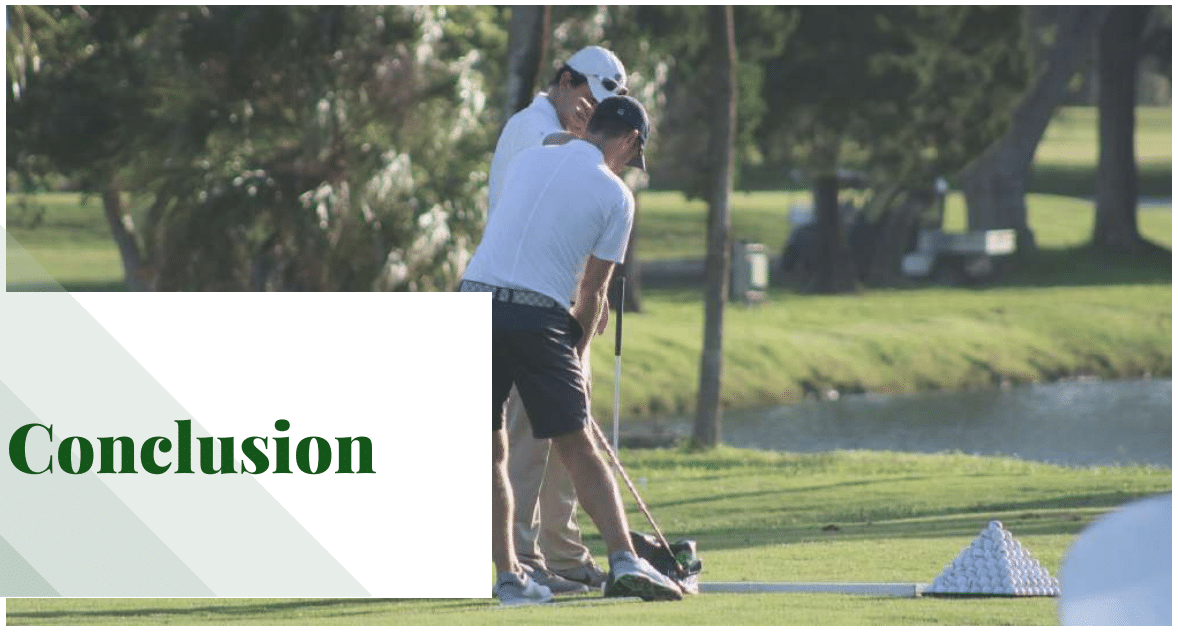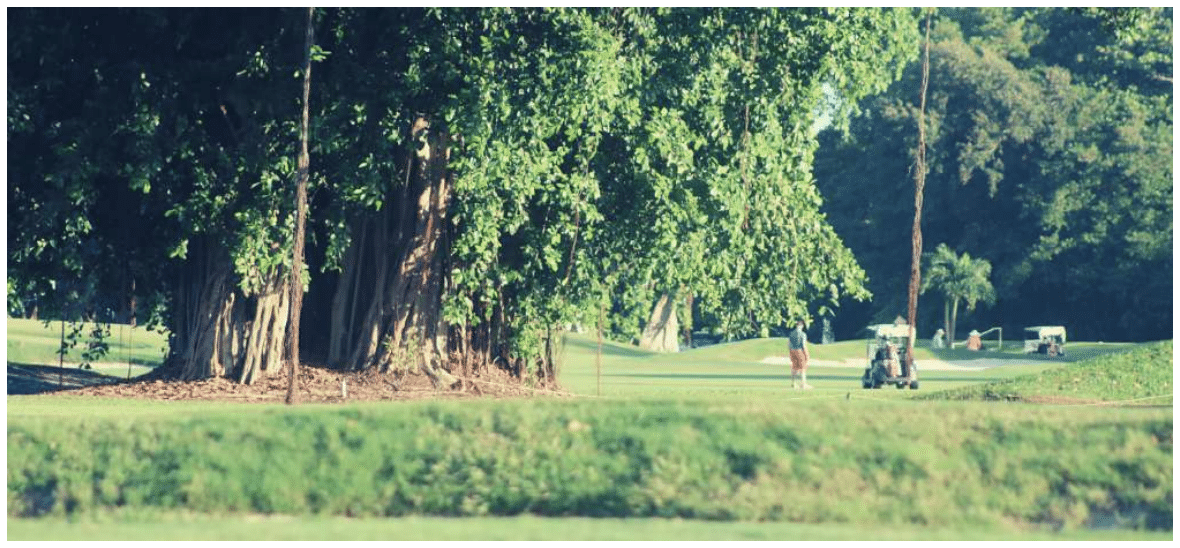This article delves into how the body produces power using excerpts from a top surgeon and a research director, who together were at the forefront of sports medicine. I read their article in 1986 (Esquire Magazine) and I’ve kept in my files. Power is at the forefront of golf and this article adds a different perspective.
Many write or speak about how a golfer can gain more speed. Usually it involves biomechanics and the kinematic sequence where they talk about kinetics and the forces that act on club. All of this is good information- all are steps forward in achieving more speed. Let’s look deeper.
In this piece, I insert “golf” whereas it was not part of the original Garrick and Gilhen article.
Details were removed from the original piece. This includes names, different sports examples, and more detail about the intricacies of human performance. There was more description about the nervous system that I condensed.
You can read Part 1 here, Part 2 here, Part 3 here, Part 4 here or the entire piece here.
The Nervous System
A convenient way to classify sensory receptors is by their location. Proprioceptors, in muscles, tendons, joints and the inner ear. They send information to the brain about body position and movement. Proprioception is also called kinesthesia. Equilibrium is a crucial part of an athlete’s proprioceptive sense. Exteroceptors sit near the surface of the body. They receive stimuli from outside the body and transmit sensations such as sight (an ingredient of the hand-eye coordination required by the clapping), touch pressure. Here, exteroceptors worked in harmony with proprioceptors. They report sensations arising from within the body that may be interpreted as pain, pressure, fatigue, hunger, thirst or nausea.

Conclusion
I wanted to conclude with the last paragraph in the Esquire magazine (1986) article:
- You can condition muscles for strength and reaction time.
- You can enhance flexibility and coordination.
- You can condition your mind.
But you cannot, as far as any researcher yet knows, condition the basic equipment of your personal nervous system.
When it comes to:
- Nerve Impulse Speed
- Nerve Abundance
What you have is as good as it is going to get.
This means, in context, that some golfers have the gift of speed and quick-twitch muscle born into them. Some have, most don’t.
If you do not have “in born speed” it doesn’t mean you can’t get faster. As the great basketball coach John Wooden said about his great teams, “I did not have all Ferraris, I had some Fords too. My job was to make them fast Fords.”
If you are not born with the gift of phenomenal DNA, the right teacher can make you faster, maybe a lot faster than you are right now.
When we begin to understand some of the human anatomy involved in striking perfect golf shots it is a miracle some golfers can repeat that motion day in and day out. I know the ability to “let go” is one of the ingredients.
This article presents a solid case for something I wrote in The Eight Step Swing. “The body hits the ball, the arms guide the club, the hands fine tune.”
That means the big muscles, the power muscles generate the most force, not the arms. Power generates in golf as it does in other sports. Great ball strikers have learned how the mass of the body first loads in the backswing, and the mass falls forward. The arms do not gain on the mass in transition. Most weekend golfers do just the opposite by applying the power with their arms and hands.
There is a counter fall as described originally in Gravity Golf (David Lee). Counter fall, in this context, means the lead hip and lead shoulders (the body) moves away from the target line as the arms and club accelerate to impact. This is how the top players swing full out and still stay in balance. It’s also why you see the lead toe turn toward the target., and/or move away from the target line. Players that go up off the lead heel coming into the ball will usually pull that foot away. On force plates we observe weight moving first to the ball of the lead foot, and then quickly to the heel, away from the target line. Force plate traces show that great players and top ball strikers move differently with weight distribution and use ground force. Although there are different ways, there are definitely extremely important similarities in the high handicap amateurs. You can be a very good hands and arms dominated golfer. I do not deny this. I teach arms and hands swinging to beginners and average golfers to train the swing. Sometimes any level of golfer may need more hands and arms instruction. But the top ball strikers have learned a much more reliable way to hit great shots under pressure. They depend on the power muscles to supply speed and consistency.

This is the fifth in a five-part series from Jim McLean’s The Complexity Of Power In Golf, which can be read in full here.




